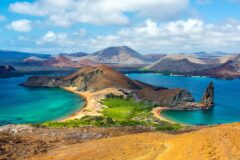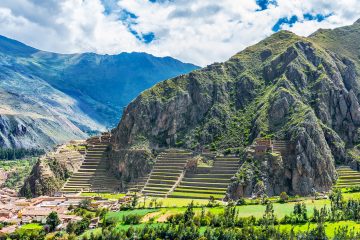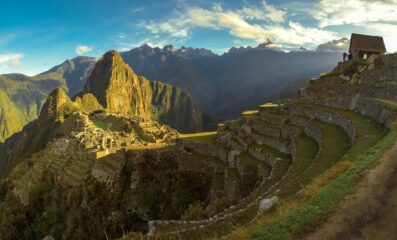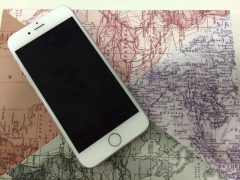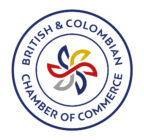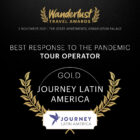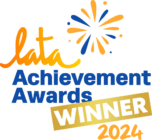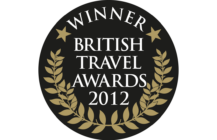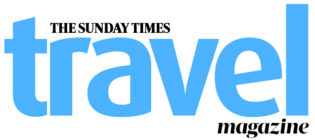Overview & Highlights
This comfortable group holiday whizzes you through Peru’s must-see highlights. Visit Lima on the Pacific coast, Cusco, Machu Picchu and the Sacred Valley in the Andes. Superb landscapes and a mélange of cultural riches.
On this 10 day group holiday you will visit all the ultimate highlights of Peru. Ruined temples and fortresses of the Inca Empire surround Cusco, once the heart of the Inca world and now a graceful homage to Spanish colonial architecture. Beyond the ancient terraced hillsides of the Sacred Valley of the Incas lies the archaeological site at Machu Picchu, a must-see on the world’s scale. Finally, no trip to Peru is complete without a scenic trip across the wind-buffeted plains of the altiplano to the shores of the world’s highest navigable lake, Titicaca, a sacred body of water rimmed by snow-mantled Andean mountains.
The welcoming Peruvian people, combined with the country’s rich culture and diverse and beautiful scenery, make Peru an easy place to fall in love with: the Inca temples of Machu Picchu; Cusco and the Sacred Valley; Lake Titicaca’s vast expanse of shimmering sapphire waters are its top sights.
- Cusco: guided city tour and visit to Sacsayhuamán temple fortress
- Cusco: guided tour of the Sacred Valley of the Incas
- Machu Picchu: guided tour of the ruins
- Lake Titicaca: Uros Islands boat trip
- Lake Titicaca: guided excursion to Sillustani
THE UK’S NO. 1 SPECIALIST IN TRAVEL TO LATIN AMERICA

Chris Rendell-Dunn
Travel Expert
Outline itinerary
UK clients depart, arriving Lima, Peru, the same day.
Day 1
Overnight in Peru’s monumental capital.
Day 2
Fly to and explore colonial Cusco, former Inca capital.
Day 3
Guided tour of the city and Inca Sacsayhuamán.
Day 4
Excursion to the Sacred Valley of the Incas; overnight.
Day 5
By train to Machu Picchu; guided tour of the ruins.
Day 6
Optional re-entry to Machu Picchu; return to Cusco.
Day 7
Private road journey to Lake Titicaca.
Day 8
Boat trip to the Uros Islands and tour of Sillustani.
Day 9
Fly to Lima.
Day 10
Depart for international flight or extension.
UK clients arrive home the following day.
Things to do
We proudly offer the widest range of activities, excursions and one-of-a-kind experiences across all our destinations, tried and tested personally by our travel experts.
Accommodation
Browse our unrivalled portfolio of accommodation. Every option has been carefully chosen by our team of travel experts, so you can rest assured that you’ll relax in utter comfort.
Holiday Extensions
If there's somewhere you particularly want to go that isn't included in this tour, we can add on an extension to take you there.
Inspired by this trip
Our exciting range of articles on Latin America explore everything from iconic destinations and lesser-known cultural gems to delicious traditional recipes. You’ll also find exclusive travel tips, first-hand client reviews and the chance to get your personal questions answered by our travel experts.
Papagaio
Your edit for Latin American inspiration
Our exciting range of articles on Latin America explore everything from iconic destinations and lesser-known cultural gems to delicious traditional recipes. You’ll also find exclusive travel tips, first-hand client reviews and the chance to get your personal questions answered by our travel experts.
View Extraordinary Inspiration